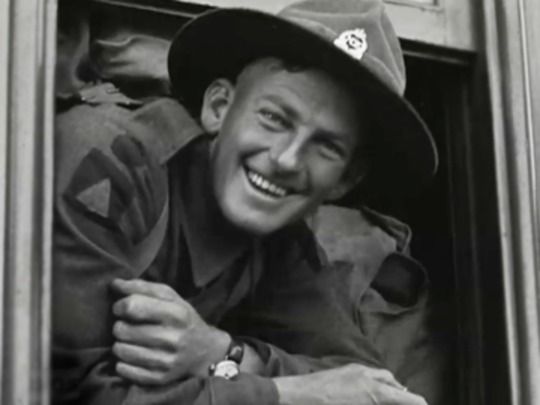
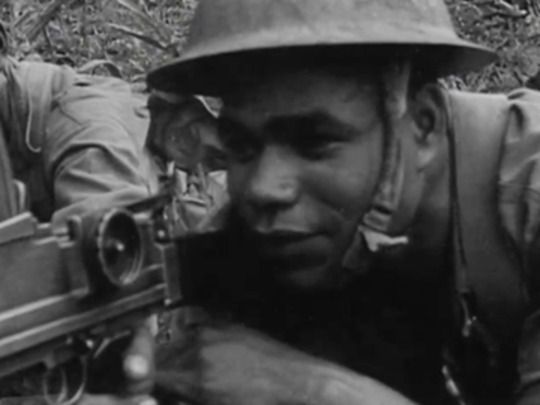
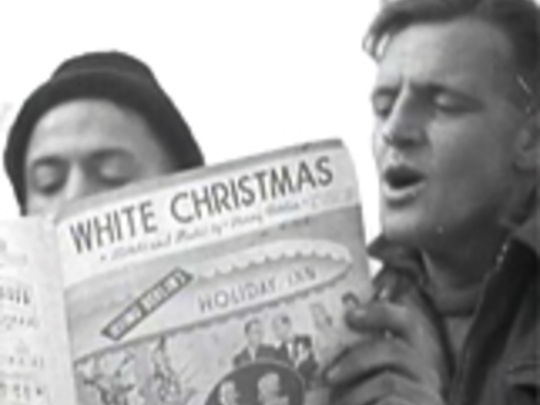
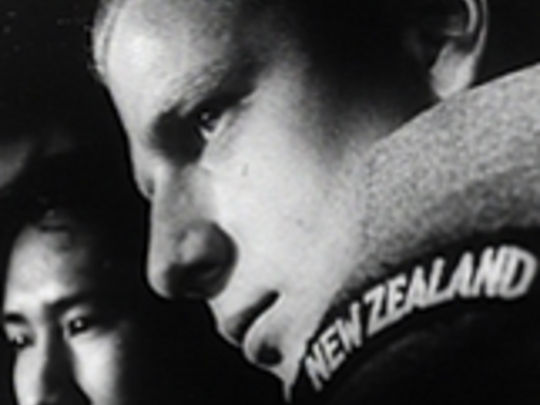
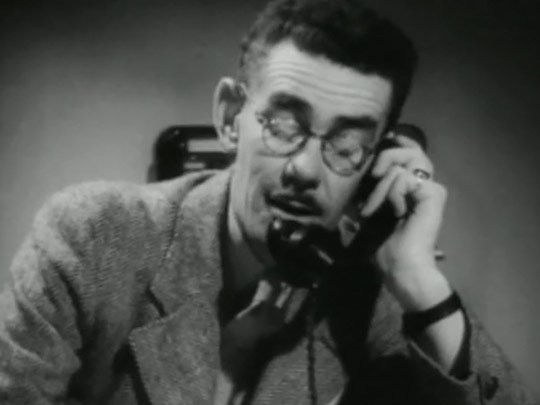
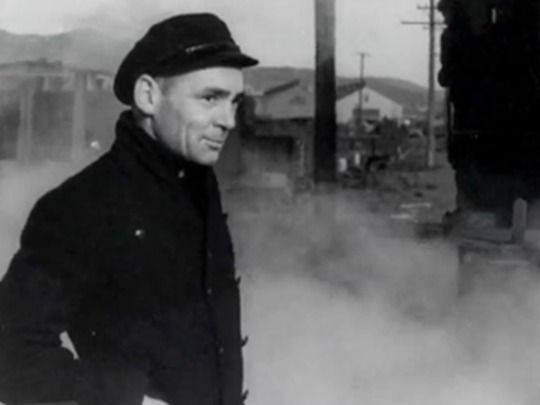
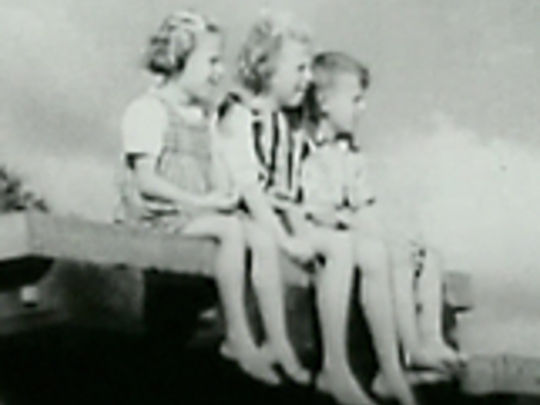
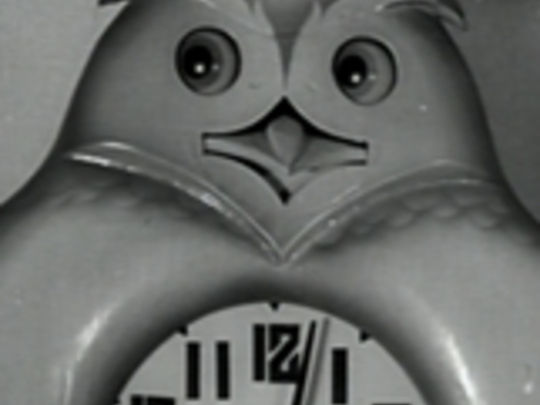
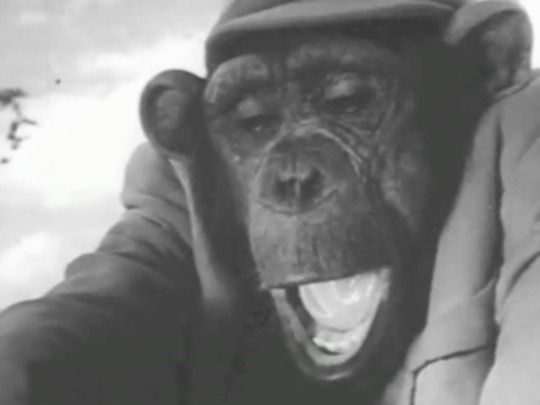
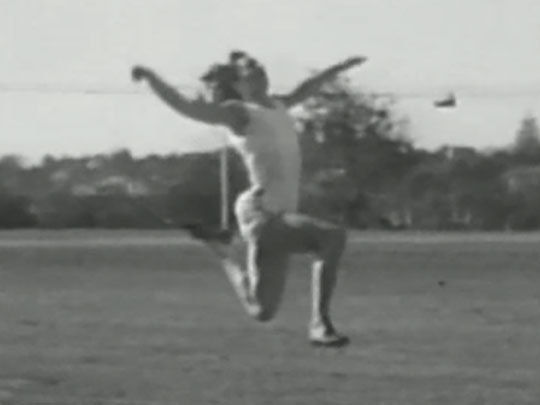
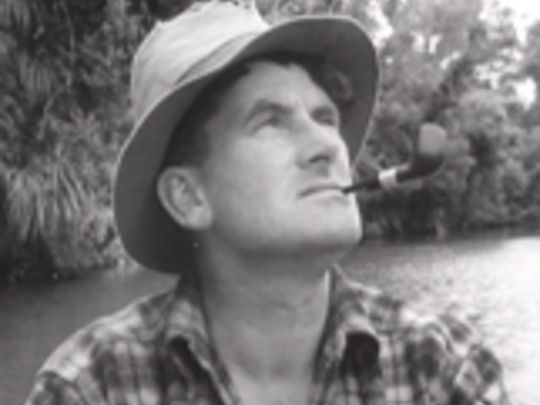
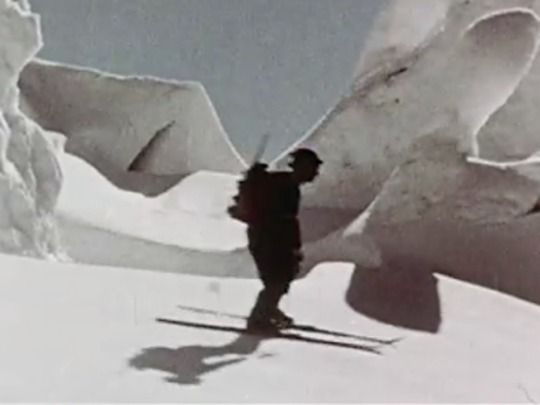
National Film Unit Collection
National Film Unit Collection
This collection has six backgrounds:
The National Film Unit Collection
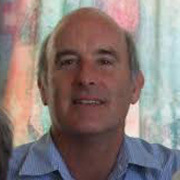
Our National Film Unit
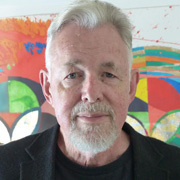
Not a proper job
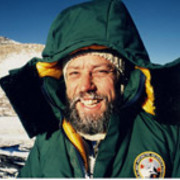
An organisation open to new things
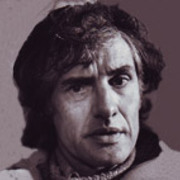
NFU daze
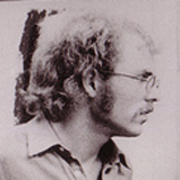
Hot splicers and blimps: an NFU tech history
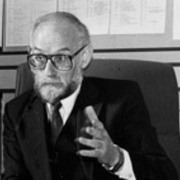
The National Film Unit Collection
By Clive Sowry 04 Aug 2016
This selection illustrates the output of the National Film Unit during the five decades of its existence.
Represented are examples from the major series produced by the NFU: Weekly Review (1942 - 1950), Pictorial Parade (1952 - 1971), and New Zealand Mirror (1950 - 1959). It was the steady and regular output of these series that kept the NFU active in its first 30 years, and helped create the skills necessary to produce other films.
Although many single-item reels were released in these series, the overwhelming bulk of issues produced contained multiple items. This collection contains examples of Weekly Review from both the war and post-war period, and of Pictorial Parade from the 1950s and 60s. The New Zealand Mirror series was made with British audiences in mind.
Initially the NFU produced films almost exclusively for theatrical release. The films were seen in picture theatres throughout New Zealand in the "first half" of the programme that screened before the main feature. After the war, a small but increasing number of films was made exclusively for non-theatrical distribution — particularly 16mm colour films to promote tourism, and 'departmental information films' tailored for other government departments.
From 1960, television became a market of growing importance. By 1981 the number of shorts made for theatrical distribution had declined to a trickle that would entirely dry up by the mid 1980s.
International film festivals became a significant arbiter of the quality of NFU films from the 1950s. Awards from prestigious festivals recognised the NFU’s films for being as good as, or better than similar films from overseas. Along with other award-winners in this collection are the NFU's three Academy Award nominees — Snows of Aorangi (1955), One Hundred and Forty Days Under the World (1964) and The Frog, the Dog and the Devil (1986).
There are two films about the NFU itself: Exhibition Loop (1947), featuring behind the scenes footage of the National Film Unit at work in Miramar Wellington, when it had become a well-oiled machine emerging from its original role of supporting the war effort, and Studio Tour (1981) promoting its new studio facilities at Lower Hutt. Another film, Pictorial Parade No. 129 - Twenty One Years (1962), marked the 21st birthday of the NFU, and shows scenes shot by NFU cameramen over those years.
What is probably the most well-known of all NFU films, This is New Zealand (1970) — which crowds of New Zealanders flocked to see, after its triumph at Expo '70 in Osaka — is represented by an extract. Gone Up North for a While (1972), probably the NFU's best known made for television production, may be viewed in full.
Other lesser-known films represent but a fraction of the 370 plus NFU titles that may now be viewed at NZ On Screen. They are examples of the work of longtime NFU filmmakers such as Bert Bridgman, Kathleen O'Brien, Hugh Macdonald and Frank Chilton, plus others like John Feeney and Sam Neill, for whom the NFU was a stepping stone to other endeavours. Many of the people associated with the NFU are profiled on this site, which continues to be an important resource and showcase for five decades of filmmaking by the National Film Unit.
Our National Film Unit
By Roger Horrocks 29 Jul 2010
During the 1940s and 50s, New Zealanders were among the most frequent cinemagoers in the world. During those years the only local films they generally saw were short films. The first half of a cinema programme in a Kerridge Odeon cinema consisted of 'God Save the Queen', followed by a cartoon, a 'travelogue', and perhaps a short local film, in the form of a newsreel or documentary. With rare exceptions, those local films came from a single source — the National Film Unit.
From 1941 to 1950 the NFU produced the Weekly Review, and from 1952 to 1971 the Pictorial Parade. Audiences during the war years cheered the Kiwi soldiers they saw in films such as Country Lads (the first Weekly Review). Favourite subjects in the 1950s included Kiwi athletes at the Empire Games, and visits to New Zealand by the Royal Family. When local politicians appeared in newsreels, however, they were often greeted with laughter — viewers seemed to regard them as unworthy of sharing a cinema screen with Marilyn Monroe or John Wayne.
The original model for our Film Unit was Britain’s GPO Film Unit. Founded by John Grierson, it had shown that a government film unit could do great things if it hired creative people, and gave them plenty of freedom. Often edgy and innovative, the GPO films won many awards. Grierson had come to New Zealand in 1940 to promote the idea of a local equivalent. He argued that we should stop being obsessed with “scenery” and focus instead on the “faces” of New Zealanders — “the human factor, which is the Vitamin D of nationality.”
Although the government took Grierson’s idea of a film unit on board, the immediate task was to promote the war effort. Then in 1950 the NFU was given to the Department of Tourism and Publicity.
Nevertheless, over the next 40 years the organisation had its share of activists and innovators. Such filmmakers engaged in a lively way with “the human factor”, as well as with the country’s tourist attractions. The government often disapproved of what the NFU was doing, so there were controversies. In 1948 director Cecil Holmes was attacked by the Labour government for his communist activities. When a National government came to power the following year, it pulled the plug on the Weekly Review because of its supposed left-wing bias.
Nevertheless, because the unit was just about the only game in town so far as filmmaking was concerned, it continued to attract talented New Zealanders. The best of its directors — according to novelist Maurice Shadbolt, who spent three years working there — were Margaret Thomson (Railway Worker), Cecil Holmes (The Coaster), Michael Forlong (Rhythm and Movement and Journey for Three), Brian Brake (Prelude to Aspiring), and John Feeney (The Legend of the Wanganui River). Other creatives included Douglas Lilburn, James K Baxter and John Drawbridge (who all contributed to the abandoned Aspiring project).
Television arrived in 1960; in some respects it took over the job of getting New Zealanders accustomed to seeing and hearing themselves on screen. Having to reinvent its role, the unit became more open to experiment. In the 1970s, Paul Maunder made Gone Up North for a While, a harrowing drama about the problems of an unmarried mother. Other young turks at the unit made eye-opening documentaries like Red Mole on the Road (by future actor Sam Neill) and Ralph Hotere (by future feature director Sam Pillsbury). Cameraman Lynton Diggle shot many of the best films of this period, besides directing Barry Brickell - Potter.
The NFU always specialised in filming landscapes. The most ambitious example was This is New Zealand, produced for the 1970 Expo in Osaka; but on a smaller scale there were also beautifully made regional studies such as Legend of the Wanganui River, The Snowline is their Boundary, and New Zealand's first Oscar-nominated film, Snows of Aorangi.
The NFU remained active until the end of the 1980s, when the Labour government privatised it. Peter Jackson purchased the unit because he needed its film processing laboratory. He turned it into the facility known today as Park Road Post.
The unit’s films help to highlight changing attitudes. For example, you can trace the way New Zealand’s views on biculturalism have evolved through films such as Māori Battalion Returns (1946), Aroha (1951), The Māori Today (1960) and To Live in the City (1967). The individuals who appeared in the last of those documentaries (which was directed by Arthur Everard) were followed up in 1991 by Brian Lennane for To Live in the City – 24 Years On.
The unit’s heritage of films is looked after today by Archives New Zealand. Its 40 years plus of footage offers an amazingly rich cavalcade of kiwi history, covering everything from dolphins (Opo in Pictorial Parade 47) to golfers (Pictorial Parade 185), architects (Architect Athfield), shearers (Shearing Technique), and athletes (Peter Snell and Games 74).
Not a proper job
By Lynton Diggle 29 Jul 2010
In 1953 I did an interview with Hamilton radio station 1XH. “When can you start?” The next four years were sheer joy, compiling music programmes, writing scripts and enjoying the company of bright fellow workers. I also took up cave photography, spending every possible weekend in Waitomo exploring and photographing virgin caves.
The staff at 1XH insisted I put on regular evening slide shows of my caving adventures, until one day the manager mentioned there was a vacancy at the National Film Unit. He believed television was just around the corner and the Broadcasting Service was likely to be running this new medium.
He said I had a talent for photography and explained that having already done four years in broadcasting, plus say four with the National Film Unit, I would have the right background to be in at the ground floor of television.
I loved my job at the wireless station. Filmmaking? My only experience with films was Saturday matinees in Otorohanga, when I stood up for ‘God Save the King’, then "Hi-Yo Silver" and the like, plus threepence from my mother for an ice cream. Truffaut, Grierson, Leni Riefenstahl? Never heard of them. I hadn't read books on film history, nor owned an 8mm camera to shoot home movies. However I thought, wow, if I was a filmmaker I would go travelling!
Off to the National Film Unit and manager Geoffrey Scott’s office. He looked intently at my slides with a Kodak viewer. He appeared to be impressed, but looking at my rather small stature suggested I may be too small to carry heavy film equipment. Too small? I pointed out the amount of equipment needed to be carried when caving. I thought to myself that as he was also my size; perhaps he was too small to be a manager.
Again — “When can you start?” And start I did in November 1957, I was going to be a filmmaker, but for the wrong reason.
During the 50s and 60s, the Film Unit had no formal training programme. Later years were little different and newcomers were simply left to observe and learn, only occasionally going on location to carry equipment. Those who got bored left. Others were determined to learn.
Budding cameramen spent many hours practicing loading magazines, threading cameras and watching rushes. Somehow the system, or lack of it, worked. The only specific advice I ever received on how to shoot films was from producer Oxley Hughan. “Remember, long shot, mid shot, close-up.” I never forgot. Not crossing the line and getting cutaways [an alternative angle to the main shot] was yet to be learned.
Cyril Morton had played a key role in the establishment of the NFU, and was still there when I arrived. However Geoffrey Scott was the driving force in the success of the unit from 1950, when he became manager. With a very warm personality he was very supportive of his staff. We all had great respect for him. We were also impressed that he used to play piano for the silent movies.
Trams still ran along Darlington Road [in Wellington] past the unit, and we were required to carry equipment on the trams when filming in the city. No jeans or t-shirts either: suits and ties please. We were public servants and had to maintain standards. It all seemed perfectly normal, as did the fact that the directors didn’t direct: they only wrote the scripts, while it was up to the cameraman to both shoot and direct. However, this was great experience and enabled cameramen to be their creative selves.
Pre-television was undoubtedly the heyday of the Film Unit. Pictorial Parade, the monthly magazine programme, was an important training ground for cameramen and budding directors alike. Each Parade generally had three items on NZ life. All with a beginning, a middle and an end, just like major documentaries. I still loved the travelling, but the making of documentaries became my passion. Plus it was not a proper job.
The National Film Unit played an important role in forging an indigenous film industry, and I congratulate NZ On Screen for their foresight in breathing life back into those early productions.
An organisation open to new things
By Paul Maunder 29 Jul 2010
Nowadays the National Film Unit would be considered a strange place. It was a government department with a budget from the taxpayer, so the process of making a film was pretty much divorced from the market place — unthinkable in the current climate. Of course, it was the way films were made in the old Eastern Europe. And the making of a film had a purpose other than to make money.
The unit was founded to make war propaganda, and afterwards it became a gentler instrument for the dissemination of information by government departments (corporate videos they would now be called); and a more market-focused making of films to encourage tourism (this task would now be called a branding exercise). But as well, for many years, it captured the local news via quick documentary studies — from dental nursing to dams to farming practices…so that now that footage is a wonderful archive of NZ life. But of course, television captured that role, and by the time I joined the unit it had virtually disappeared.
Initially it was a strange place to work in, for I wasn’t given anything to do. I sat around for a few weeks writing a play. There were others who seemed to be in the same boat — people getting close to retirement. But eventually I did get a job to make a couple of documentaries for television, on town planning.
My interest however, was in making drama. The theatre group which I directed, Amamus, had been devising plays which would best be called dramatised documentaries, and we used a lot of improvisation. I’d seen Ken Loach’s work, enjoyed John Cassavete’s improvised films, and when I came across a report on the plight of unmarried mothers (it was before the DPB), I put forward the proposal for a dramatised TV documentary on the subject.
Despite being a government department, the NFU was open to new things. Ron Bowie, who managed the directors, was a kindred soul, and TV had Michael Scott-Smith, a visionary head of department. So visionary as to commission films from directors, who could choose topics they were committed to, in order to try and change society a little.
In my opinion those years, 1970 - 1975, were the best years of NZ television. Politically they were the progressive Kirk years, and the single channel format meant everyone watched the same programmes, and proved capable of digesting the strongest material. There was no dumbing down required.
I wrote a script (this was the days before the script development industry, character arcs, blah blah), but felt that most of the scenes should be improvised. Anyway, the proposal was accepted, and I had the advantage, compared to many fledgling directors, of having been to film school in London, so wasn’t a total novice. And there was a very good cameraman for this sort of work at the unit, Lynton Diggle, one of the great handheld specialists.
I found the actors, a mix of professionals and people from the theatre group, and we made Gone Up North For A While. There were problems. Buying props and costumes required an emergency work order signed by the minister, which reduced spontaneity a little, and recording synchronised sound was then a novel thing. But a very moving performance from Denise Maunder (née Young) and the immediacy improvisation brings, meant the film had considerable impact.
Looking at it now, I’m impressed at the complexity of the structure, and the fact that this was acceptable to a general audience. The DPB was brought in soon after the film screened, and I think it was helpful in encouraging that move.
The reception the film received meant I was commissioned to make another drama. This time I chose mental illness as the subject, which is less sympathetic than someone having a baby. It was a big job for the five person crew (including myself), for the second part required setting up a mental hospital. This one was harder work for the audience — mental illness is challenging — but once again, it screened in primetime.
The next project (Landfall) started off as a study of the commune impulse (the government at the time supported young people to live collectively via the ohu scheme), but drifted off into more of a tele-feature. It became something of an arthouse film I suppose, won an international award but never made it onto the TV screen. For television immediately changed with two channels. Choice unfortunately meant a pandering to stupidity. And it hasn’t stopped.
In those days, we were always having to find out how to do things technically, for there was no infrastructure to speak of. Makeup? 'Must be someone in the country who knows how to do it. I think Jo’s wife did it for a while in Aussie. Get hold of her. We need an explosion. Okay, they blow things up at the quarry, let’s go and see them.' It was No 8 fencing wire days and that was fun as well. By the time Landfall was finished I was ready to leave the unit. And filmmakers generally were hankering after the feature film. Of course, the days of the film unit were limited as well.
I enjoyed my time there. It housed a talented group of youngish people in those years; and the marketplace has never really suited me. I don’t like the relationships it sets up, so this work in a structure of collectivism was nurturing, despite the silliness of any government department.
Later, in the early 80s, when the tax dodge method of financing features was put to rest, I remember arguing at meetings of filmmakers, for us all to set up a sort of collective structure at the new Hutt Valley film unit premises. But by that time, people were eyeing up Hollywood and my agenda had few supporters.
NFU daze
By Sam Pillsbury 29 Jul 2010
People slag off government departments. But like many bureaucracies, the NFU was also a hidden gem.
A subsidiary of the Tourist and Publicity Department, it was on a secluded street in Miramar, and you could fly under the radar there. So it evolved with a kind of split personality: you could hide out there do nothing for years. Or you could leap onto the splendid array of the latest film, editing, sound and lab equipment the rotating funding of a government department enabled, and do anything you wanted with it while no one really noticed. It was a sort of hideout for slackers and innovators. Your choice. I was the kid in the candy store.
A group of us made the celebrated first ever Values Party commercial for nothing this way. I shot the interviews with RD Laing for Birth, which won a Feltex Award, using an NFU 16mm BL camera and Nagra 3 sound recorder. In fact, I used the facility to help start my own film company, much to John O’Shea’s (of Pacific Films) justifiable ire.
There were 17 ‘production’ personnel when I was at the NFU. Each would initiate or be given an assignment, and then research, direct and edit each film, supervising to answer print. This could take a matter of weeks, months or even years, no one seemed to particularly care. You could experiment to your heart’s content. I found it a gold mine. In the five years I was there I learned just about everything I needed to do to set up my own film company. And I had time to read The Dominion.
I am sure I could have learned more, faster at a prestigious film school. Better still, make great connections. But there was something grounded and quintessentially Kiwi about learning the NFU way; many survival tricks I learned there and in the field have benefited me and surprised the professionals I have worked with in the United States in the last two decades. As one of my mentors there, John King, wrote: NFUNFUNFUNFUNFUNFU!
Hot splicers and blimps: an NFU tech history
By Arthur Everard 11 Aug 2010
When I started at the National Film Unit in 1965 [Everard left in 1984] the technology used in filmmaking was changing, becoming more flexible and more efficient. To understand why, one needs to have a basic understanding of how a film was put together.
The negative shot by the camera person is processed in the laboratory, and a print (a work print or work copy) is prepared from it for editing. Previously, desired shots were trimmed and joined together in the desired sequence, using a machine (a hot splicer) which cut them and glued them together. This process resulted in a lost frame at the beginning and end of the assembled shots, and made it difficult to make changes to the sequence.
Then hot splicers were replaced by tape splicers; these cut the work print and then a piece of transparent plastic tape was placed over the joined ends of the selected shots. No frames were lost and changes could be made easily and quickly.
Another valuable development was the arrival of silent 16mm cameras and portable tape recorders. Until then, most film shot was 35mm, intended initially for theatrical release, which was then reduced to a 16mm form for non-theatrical screenings.
Shooting synchronised sound was laborious and time-consuming because the 35mm camera was noisy and so had to be enclosed in a large cumbersome 'blimp'. Movement was accordingly restricted. The sound was recorded optically on a film negative which was then processed to provide a 'positive' for editing purposes. In practice most films were shot 'mute', with the sound being added later in the form of sound effects or music from the library. Sync [short for synchronised] sound tended to be used only for studio based dramas and music shorts, or for important speeches where no camera movement was required.
The use of silent 16mm cameras in conjunction with quarter inch magnetic tape recorders meant that those films intended for non-theatrical release (eg commissions from government departments) could be shot with sync sound quickly and easily. The original tape recording would be transferred to a film-based magnetic strip which could be edited in just the same way. Shortly after, a silent 35mm camera arrived at the NFU, so that theatrical films could be shot with synch sound, but without cumbersome blimps.
The reason the National Film Unit never progressed to video recording was simply because the unit ceased to exist, thanks to Richard Prebble and his ideologically pure colleagues.